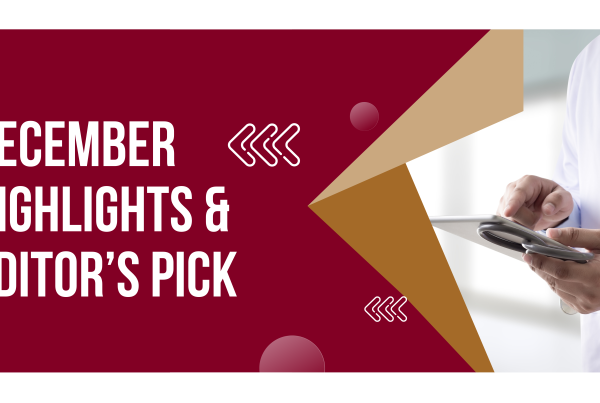Featured Article

Making contact with patients within a week of prescribing a new medication may improve treatment adherence, suggest the authors of a recent study.
Making contact with patients within a week of prescribing a new medication may improve treatment adherence, suggest the authors of a recent study.
Making contact with patients within a week of prescribing a new medication may improve treatment adherence, suggest the authors of a recent study.
In patients with acne, atopic dermatitis and psoriasis, specifically, poor adherence to topical treatments has been a common challenge, according to studies. One reported reason is dissatisfaction with treatment efficacy. Closing the gap between prescription and follow-up visit may encourage patients to fill prescriptions sooner; initial efficacy may motivate further compliance, according to the study.
“Shortening the time to the first return visit may make doing the treatment appear to be less burdensome,” write Steven R. Feldman, M.D., Ph.D., and colleagues.
The group analyzed data representing 10.9 million estimated visits that were logged in the National Ambulatory Medical Care Survey and represented diagnoses for acne, atopic dermatitis and psoriasis between the years 2014 and 2016, which was the most recent available data. The time to a first return visit for patients with acne, atopic dermatitis and psoriasis who were prescribed at least one new medication was often more than two months regardless of whether they were prescribed a new medication.
Whether reasons for scheduling long intervals are due to tradition or unawareness of more optimal timeframes is not well known, the authors write.
Previous studies have indicated that adherence increases around the time of an office visit and then decreases rapidly in the days afterward, they note. Physicians may be able to use this tendency to create accountability for patients to begin and continue treatments.
“If a decreased interval between office visits can improve initial adherence, patients may see greater efficacy when using medications and be encouraged to continue their treatments,” the authors write.
While in-person follow-up visits may not be feasible for all patients due to travel distance, cost or other barriers, the authors note other methods of contacting and engaging the patient that have been shown to improve adherence, such as phone calls, emails, text messages and telemedicine visits.
“A lack of accountability may be an underappreciated component of non-adherence,” the authors write. “The timing of return visits may be an important factor to consider … for overcoming the adherence hurdle.”
Get More from the JDD
Get the latest dermatology news delivered straight to your Inbox – sign up for the JDD Newsletter.
Discover the latest research, exclusive articles from leading dermatology experts, popular Podcast episodes, free CME activities, and more!
You May Also Like











